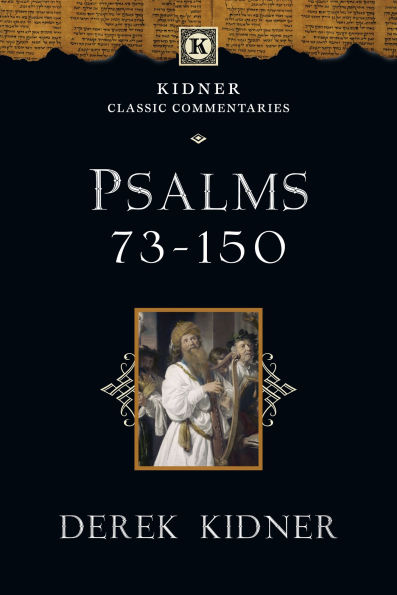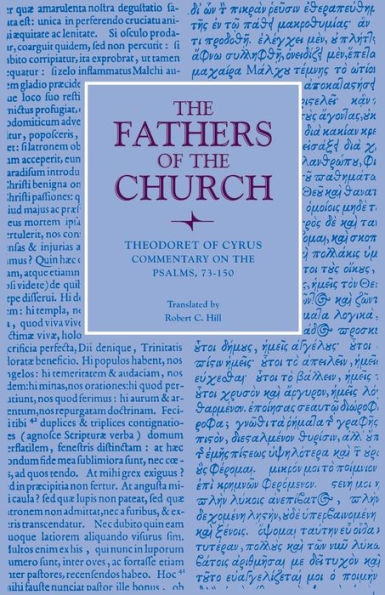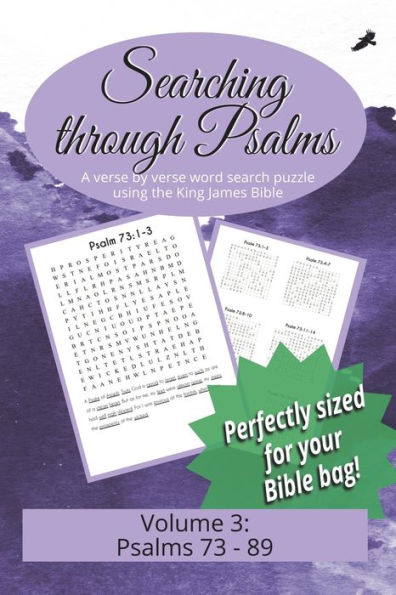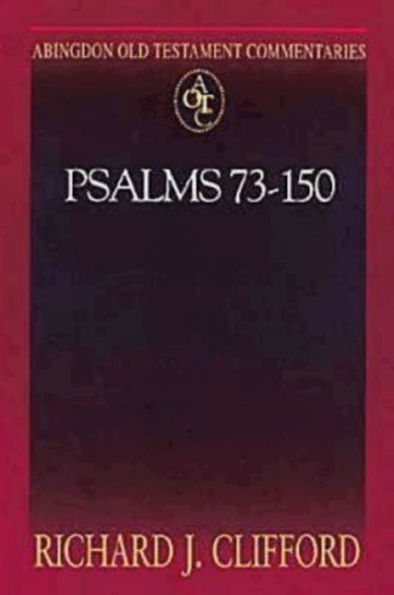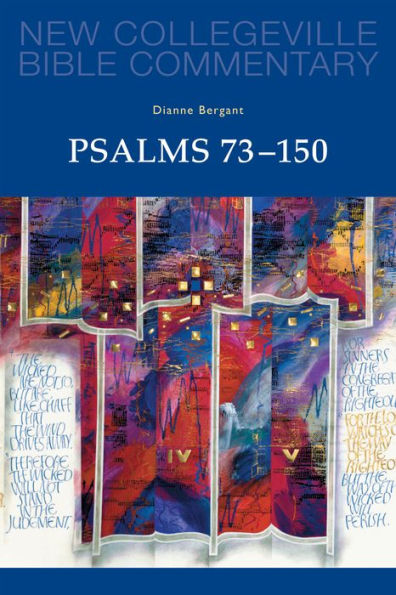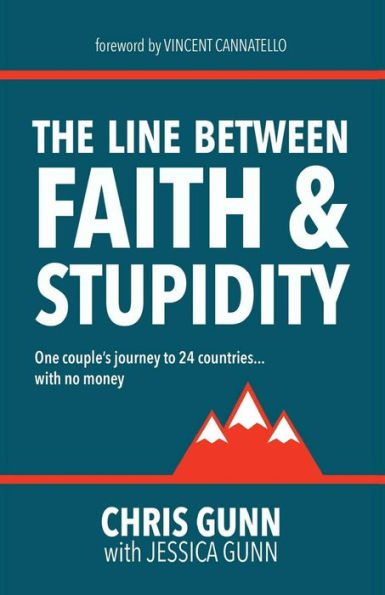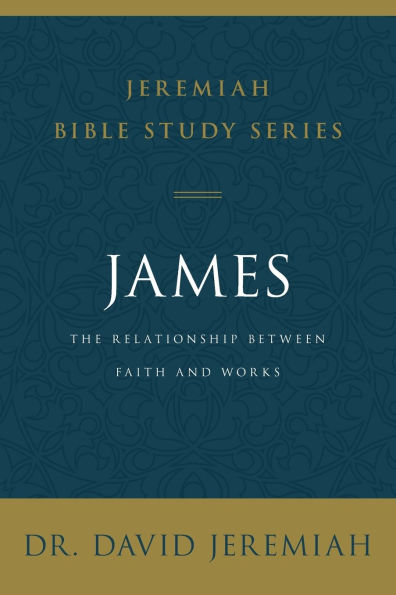Home
the Conflict Between Faith and Experience, Shape of Psalms 73-83
Barnes and Noble
the Conflict Between Faith and Experience, Shape of Psalms 73-83
Current price: $120.00
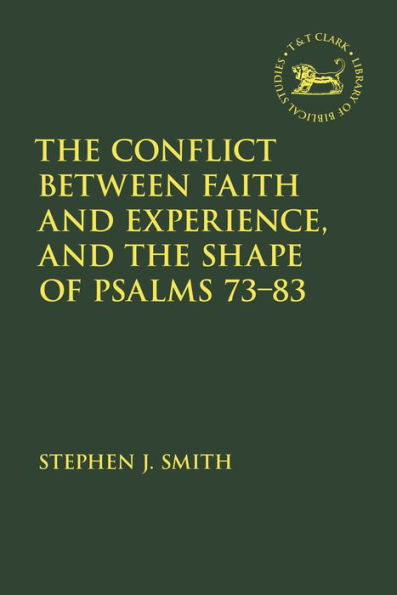

Barnes and Noble
the Conflict Between Faith and Experience, Shape of Psalms 73-83
Current price: $120.00
Size: Hardcover
Loading Inventory...
*Product information may vary - to confirm product availability, pricing, shipping and return information please contact Barnes and Noble
Stephen J. Smith enters the lively field of editorial-criticism of the Hebrew Psalter or
Psalterexegese
with this detailed investigation into the final form of Psalms 73-83. In the book, he engages scholarly disagreements over this collection's structure, the degree and nature of its literary unity, and the primary theological message(s) it communicates. Smith argues that the sequence of Psalms 73–82 - and possibly 83 – has a deliberate design that reflects a sustained focus on addressing, and resolving, a multidimensional collision between “faith” (i.e., core Israelite beliefs about God) and “experience” (i.e., the individual/community's lived experience of God) that was precipitated by God's prolonged absence in the Temple's destruction (c. 586/587 BCE).
Parting ways with previous scholarship, Smith contends that a recursive organizing principle rooted in biblical parallelism structures the collection. Over the book's nine chapters, he makes the case that the editor(s) grouped its psalms into two major blocks (74-78; 79-82) of two sub-groupings each (74-76, 77-78; 79/82, 80-81) in order to develop a
single
topic in multiple dimensions: the severe threat that God's prolonged absence in the temple's destruction posed to the ongoing viability of various core Israelite beliefs about God, most fundamentally God's goodness. Smith makes the case that the collection is shaped to
resolve
this crisis by bolstering the reader's confidence in, and commitment to, these beliefs in the face of their apparent failure.
Psalterexegese
with this detailed investigation into the final form of Psalms 73-83. In the book, he engages scholarly disagreements over this collection's structure, the degree and nature of its literary unity, and the primary theological message(s) it communicates. Smith argues that the sequence of Psalms 73–82 - and possibly 83 – has a deliberate design that reflects a sustained focus on addressing, and resolving, a multidimensional collision between “faith” (i.e., core Israelite beliefs about God) and “experience” (i.e., the individual/community's lived experience of God) that was precipitated by God's prolonged absence in the Temple's destruction (c. 586/587 BCE).
Parting ways with previous scholarship, Smith contends that a recursive organizing principle rooted in biblical parallelism structures the collection. Over the book's nine chapters, he makes the case that the editor(s) grouped its psalms into two major blocks (74-78; 79-82) of two sub-groupings each (74-76, 77-78; 79/82, 80-81) in order to develop a
single
topic in multiple dimensions: the severe threat that God's prolonged absence in the temple's destruction posed to the ongoing viability of various core Israelite beliefs about God, most fundamentally God's goodness. Smith makes the case that the collection is shaped to
resolve
this crisis by bolstering the reader's confidence in, and commitment to, these beliefs in the face of their apparent failure.
